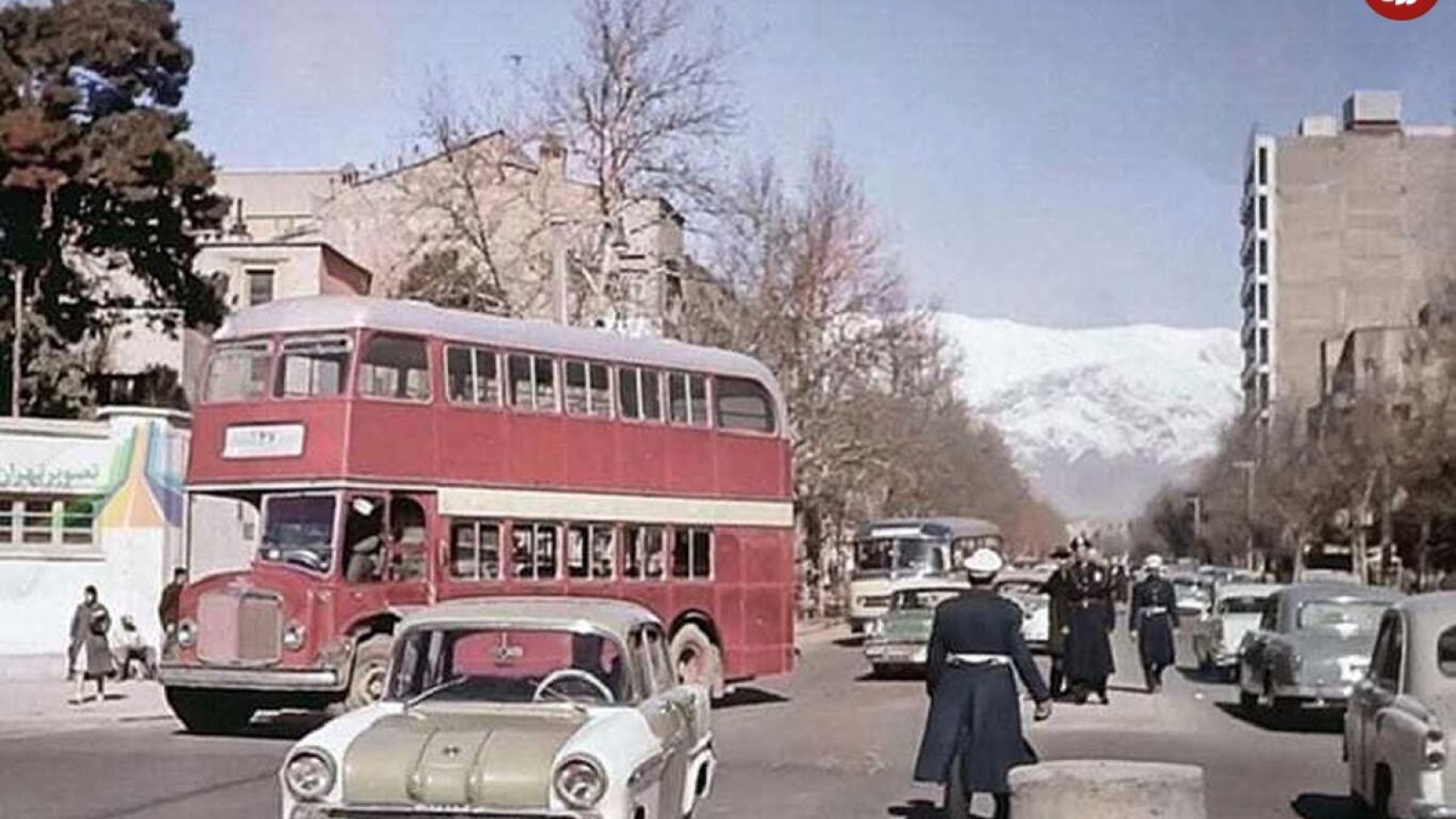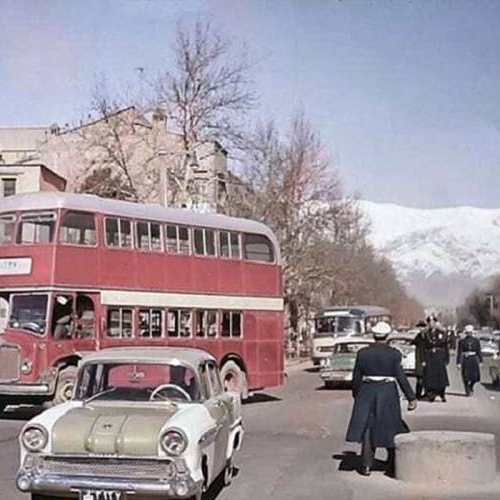Public Transportation for Individuals During the Pahlavi Era

Public Transportation
During the Pahlavi era, public transportation for individuals saw significant progress due to the development of infrastructure and extensive investments
During the Pahlavi era, public transportation for individuals saw significant progress due to the development of infrastructure and extensive investments:
1. Intercity Public Transportation with Buses: Intercity buses were one of the main means of public transportation for moving passengers between cities. Numerous companies provided public transportation services with regular, scheduled routes for intercity travel.
2. Urban Public Transportation: In major cities such as Tehran, urban public transportation systems like the “Khate Vahed” (Unified Line) were developed. This system used city buses to provide services to the public, playing an important role in reducing traffic and facilitating the movement of citizens. It was particularly effective for the transportation of employees and students.
3. Taxis and Public Vehicles: With the growth of urbanization and an increase in the number of vehicles, taxis became an essential part of urban public transportation. Taxis offered a faster and more personalized way for people to move around cities and played a crucial role in urban transit.
4. Rail Public Transportation: The Trans-Iranian Railway, which connected the north and south of the country, was one of the major projects of this era. This railway network facilitated public transportation for passengers and enabled long, safe journeys for people.
5. Establishment of Roadside Inns: For the comfort of travelers and drivers, especially during the second Pahlavi era, roadside inns equipped with proper sanitary facilities were established. These inns served as rest stops for intercity travelers and drivers, improving the conditions of long journeys.
6. Implementation of Modern Traffic Laws: With the development of roads and the increase in the number of vehicles, the need for modern traffic laws became evident. Consequently, the Gendarmerie Road Police was established to enforce traffic regulations and maintain order on the roads, contributing significantly to road safety.
Freight Transportation During the Pahlavi Era
Freight transportation also experienced significant growth during this era due to the development of transport infrastructure:
1. Road Freight Transportation with Trucks: The expansion of road networks and highways enabled efficient public freight transportation with trucks. Freight trucks played a crucial role in moving commercial goods, agricultural products, and heavy cargo between cities and various regions.
2. Rail Freight Transportation: The Iranian rail network was recognized as one of the most effective tools for freight transportation. Freight trains were used to transport heavy loads such as minerals, petroleum products, agricultural products, and industrial goods. This method of transportation reduced costs and transit time for cargo.
3. Ports and Connection to the Public Land Transport Network: The development of ports in the north and south of the country and their connection to the public land transport network (roads and railways) increased the volume of imports and exports and improved the country's economic performance.
Overall, the Pahlavi era, with its focus on improving and developing public transport infrastructure, created a suitable foundation for more efficient transportation of individuals and goods, ensuring greater comfort and safety for travelers and economic stakeholders.
